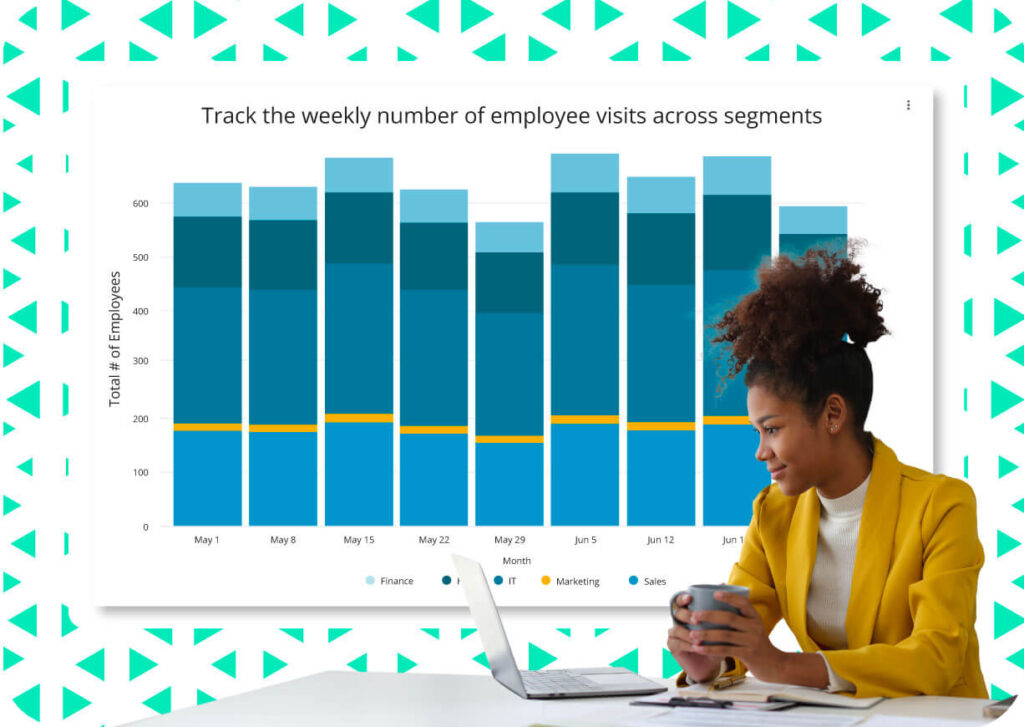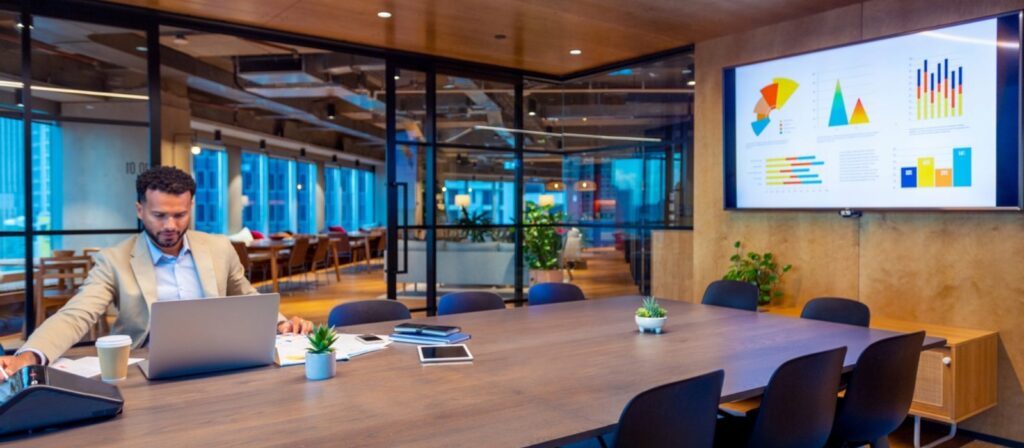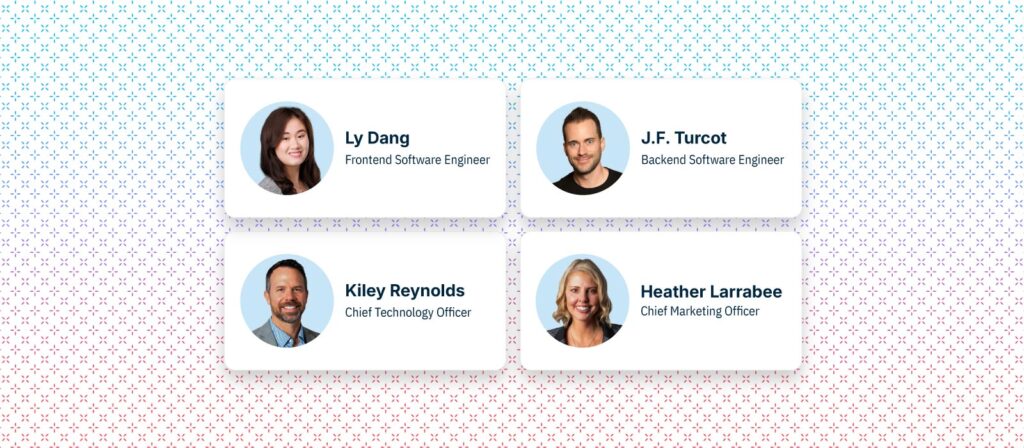Trending in HR: Advice For Today’s Digital Workplace
By Patrick Cwiklinski• 6 mins read•November 16, 2018
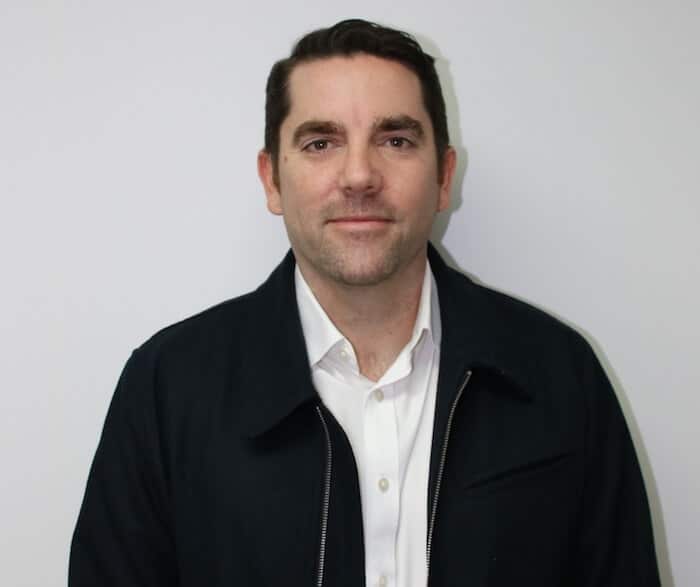
Michael Fox, HR Advisor at wattsnext, talks about the biggest changes and challenges for HR professionals in the modern workplace.
There’s a dated stereotype about HR professionals that all they do is give new employees their starter kits and uphold company policy. While that’s certainly in the scope of what they do on daily basis — it’s only a small part of their overall duties.
Michael Fox is an HR Advisor at wattsnext who does much more than that. In a very fickle modern workplace that’s plagued by attraction and retention issues, his goal to find employees who match a company’s vision, mission, and values has become more critical than ever.
How do you think the role of HR professionals has changed and, perhaps more importantly, adapted to the modern workplace landscape?
Fox: It’s really interesting that some people still have an old school view of HR. They think you’re there to ruin all the fun and stick to policies and procedures. There’s also the idea that it’s mostly administrative-based and doesn’t provide a great deal of value.
This is really incorrect. Even back in the day, HR professionals were still focused on your vision, mission, and values and how all roads lead to that. How does each individual contribute to the big picture? I think there’s always been value in HR.
In terms of the modern workplace, technology is changing so much and there’s very little job loyalty. The biggest challenges are now for employers. The employee has all the power in the sense that they can ask “well, what can this job provide me?” As an employer, you need to really adapt to that mindset — especially when you’re dealing with millenials. They’ll often come in with that mindset rather than the old days where you just got in there and did the job.
Workplace flexibility is also a huge thing these days. I’m talking to you from home right now through an app. Technology breaks down all those walls, but how do you manage that effectively so you’re still getting results out of your people? Again, it’s about changing that mindset where someone has to be in the office to be productive — which is totally wrong these days.

Organizational change can be a major source of anxiety for a lot of companies out there. What do you, as their guide in this change, need to relay to a client in order to ensure your strategy is coming across with clarity and authority?
Fox: We’ve dealt with quite a few niche clients that have gone through these growing pains. Multiple people wearing multiple hats. What we often tell clients that are going through organizational change is the people who get you to profitability won’t necessarily get you to scale. With that, you have to make some tough decisions and have those real conversations with yourself where you say “I want to go from a $2 million company to a $20 million company — how do I do that?”
That’s where we come in to assist. We work on organizational structures and ask the CEO or managing director “who’s doing what now and where do you want to be in about 3-5 years time?” You set your organizational chart accordingly then you look at future roles, existing roles, where do people fit the best to get the best outcome. As far as the process, sometimes you have to do the tough things where you make people redundant because they’re not part of your vision moving forward. You have to look at the skillsets and expertise that are going to get you to where you need to be.
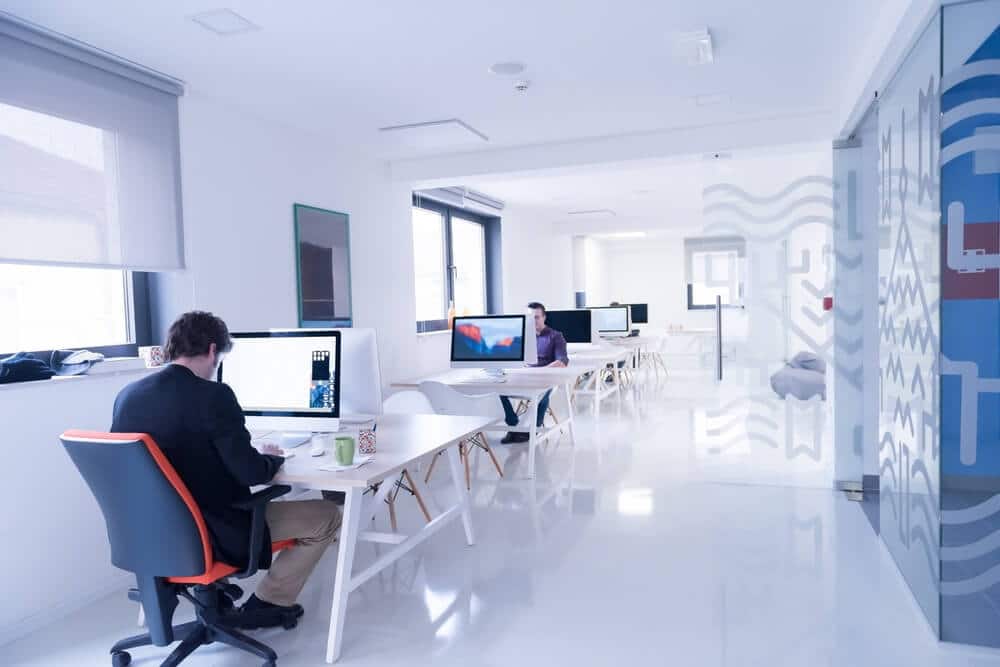
How does the physical workplace factor into organizational change?
Fox: With office spaces, there’s been a push towards more open and collaborative type of environments. America has really set the standard with Google and Amazon where you’ve got your bean bags and big lunch rooms. It’s a little more traditional in Australia, but even here at wattsnext, I find the environment to learn is fantastic because you’re amongst a whole bunch of people who have different bits of knowledge.
My CEO actually said to me recently that it’s an art to work effectively in an open office environment because you can be bogged down. We have an Australian term known as “dribble” which means talking without much context or content. I think you have to be careful with how you manage that, but a lot of businesses have moved from an office space where the doors are shut to a more open and collaborative style. I think it provides a healthy competitive environment while you’re all working together towards common goals.

What is the relationship like between the HR and IT departments when it comes to establishing change or “HR disruption?”
Fox: Implementing a Human Resource Information System (HRIS) can really provide a lot of value even at the basic administrative level. When I was speaking to the IT guys about it, they had no issues doing it or supporting the concept. They saw the value in it. When I was looking at HRIS systems, I just made sure they were easily adaptable, easily installable, and didn’t create any conflicts in the process.
What I said to the IT guys was to take on-boarding as an example of an effective HRIS system. When you’re done the recruiting process and you employ someone, have all the relevant information inputted into your HRIS system and all the relevant documents sent out to your employee. New employees can be a big time-waster administratively, but in your HRIS system it’s all done automatically. Everything can be signed digitally and done through the cloud.
In HR, one of the areas where you create an impression for your new employee is the onboarding process. If you’re doing that efficiently, communicating and informing effectively, you create this mindset for the employee where they know that you as an employer are in touch from an operative standpoint.

From a client perspective, what are some of the biggest challenges you’re seeing today among the modern workforce?
Fox: Attraction and retention. Again, a lot of it comes back to millenials versus us oldies. The younger generation is asking “what can you do for me as a company?” So what’s your attraction strategy? What makes you different from other companies?
It’s also not only about pay, although obviously remuneration is important. I asked one of my client’s employees that I’m involved with on a recruitment level: “what attracted you to this particular role?” The really impressive thing with this particular company is that employees say they’re well-regarded in the market, they’re innovative, they have a quality product, and the culture is very strong. From an employer perspective, you need to ask yourself what makes you better than the rest? What’s going to help you attract a high-quality candidate?
There’s also a lot of time involved in recruitment and if you make the wrong decision, it can be very costly from if they lack productivity and you ultimately have to terminate that person.
Once you’ve actually found someone who is the right fit, how do you retain them? Is it about money? Is it about recognition? Is about career progression? Is it about security? These are all things as an HR team you have to think about and it can boil down to an individual scenario for each individual employee. What works for one person may not necessarily work for another.
It’s becoming very challenging as people are constantly moving from one job to the next after 2-3 years. From some of the latest stats we’ve seen, you won’t be able to retain people for more than 3 years in some cases. In a contractor-type market, people are happy to work on their own terms. You have to adapt to all that when people aren’t doing the standard 9-5 shifts anymore and they’re going hard for two months on a project then looking for the next thing. It varies so much. You need to be flexible and really think about the employee in that process.
Find out more about how Michael and wattsnext can help your organization with its HR needs at their website.
How do you think HR should adapt to meet the needs of the modern workplace? Join the conversation and leave us a comment below.
Photos: NESA by Makers, Shutterstock, rawpixel


